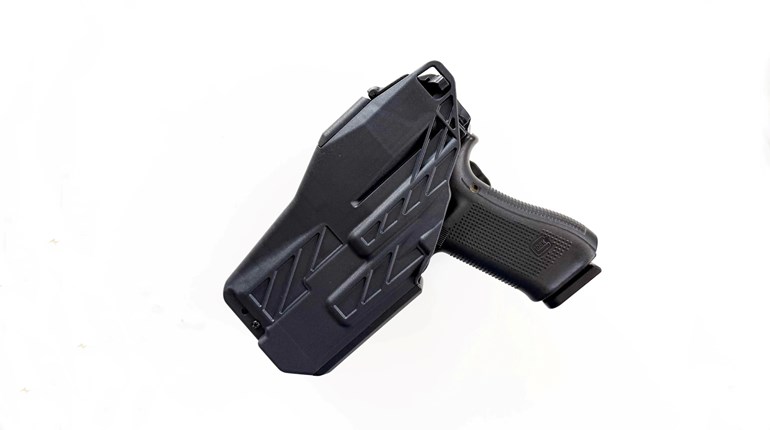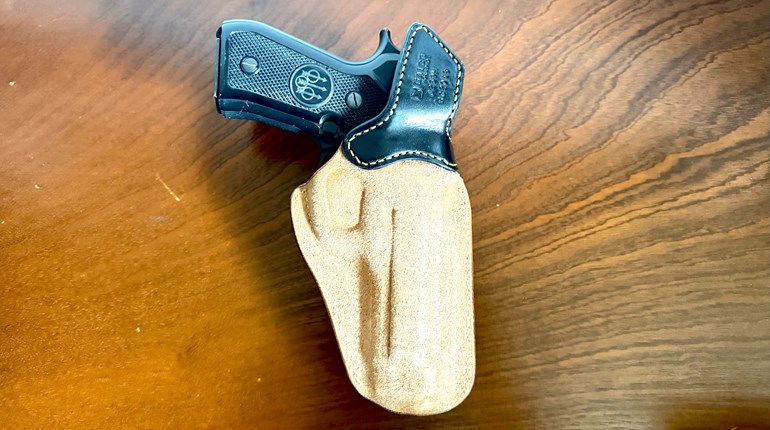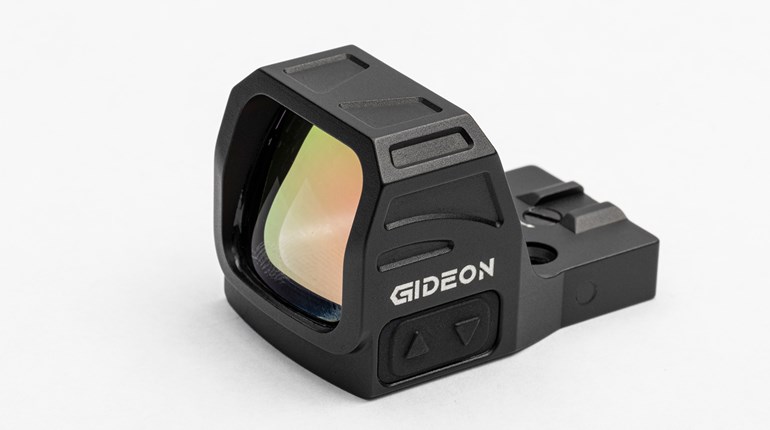
The markings on the reticle inside a rifle scope tell you many things. The first (and most important) is they show you where you’re aiming. Some scopes, however, have reticles that are set to do much more than that. These scopes have angular units of measure marked on the reticle that track how much a rifle’s point of impact needs to move relative to the point of aim of the scope to properly zero it. Besides helping shooters set a proper zero, understanding these angular units of measurement and their relationship to both target distances and bullet trajectories is crucial for getting the most performance from scoped rifles as they help remove the guesswork from all ballistic adjustments. The two most common types of reticles used in these types of scopes are Minutes of Angle (MOA) or Milliradians, or MRAD. Let’s take at the differences between MOA vs MRAD, and why you would want one over the other.
Circles, Subtensions And Angular Units of Measurement
Angular units of measure come from trigonometry, the branch of mathematics concerning triangles and circles. The circumference of a circle is wholly or partially measured either with degrees or radians. All of us know that a circle has 360 degrees. However, each degree can break down in smaller sub-units called minutes and seconds. A degree has 60 minutes or 3600 seconds, which is where we get Minute of Angle One from, or MOA. A full circle can also be measured as 2π radians (6,283 milliradians). Like degrees, radians also break down into fractions, and for marksmanship, shooters use milliradians (1/1000th of a radian), or MRAD.

Minutes and mils work well for shooting because they allow shooters to determine the size of targets, the distances to targets, and the trajectories of bullets by using trigonometric principles and proportions. Angular subtension is the concept that ties everything together, and they work equally well with MOA vs MRAD. This concept refers to the physical amount of space covered by an angle at a certain distance. These spaces remain in proportion regardless of distance. Thinking of subtensions as circular areas (or targets) makes it easier to understand. For example, at 100 yards, a target measuring 1 MOA will correspond to an area the size of a 1-inch circle. At 200 yards, a 1 MOA target would cover a 2-inch area. At a distance of 500 yards, a 1 MOA target will cover a 5-inch circle, at 1000 yards it will cover a 10-inch area, and so on.
One Inch At 100 Yards Vs One Meter at One Kilometer
 In the United States, minutes of arc have traditionally been the more popular and traditional angular units of measure due to the simple fact that at the distance of 100 yards, 1 MOA happens to subtend precisely at 1.047 inches. For practicality’s sake, this is rounded off to 1 inch. Since degrees, minutes or seconds themselves do not mix directly with yards or inches, this is more of a lucky happenstance that has been clearly advantageous to American marksmen for a long time. MOA-based optics are generally available with adjustments in ½, ¼, or ⅛-inch increments depending on their intended use. Most MOA scopes for precision shooting typically have ¼-minute adjustments. At 100 yards, every four clicks will move the reticle one inch in the desired direction. Minutes are so embedded into American shooting culture to the extent that the accuracy potential of both rifles and cartridges is also expressed in these units. For example, a ½-MOA rifle means that the rifle can print ½-inch groups at 100 yards or 5-inch groups at 1000 yards.
In the United States, minutes of arc have traditionally been the more popular and traditional angular units of measure due to the simple fact that at the distance of 100 yards, 1 MOA happens to subtend precisely at 1.047 inches. For practicality’s sake, this is rounded off to 1 inch. Since degrees, minutes or seconds themselves do not mix directly with yards or inches, this is more of a lucky happenstance that has been clearly advantageous to American marksmen for a long time. MOA-based optics are generally available with adjustments in ½, ¼, or ⅛-inch increments depending on their intended use. Most MOA scopes for precision shooting typically have ¼-minute adjustments. At 100 yards, every four clicks will move the reticle one inch in the desired direction. Minutes are so embedded into American shooting culture to the extent that the accuracy potential of both rifles and cartridges is also expressed in these units. For example, a ½-MOA rifle means that the rifle can print ½-inch groups at 100 yards or 5-inch groups at 1000 yards.
At 100 meters, 1 mil subtends to 10 centimeters, so at 1000 meters (or one kilometer), 1 mil will subtend to 1 meter. The majority of MRAD based optics are conveniently set up to adjust at 1/10th increments of a mil. As a result, 1/10thof a mil subtends to 1 centimeter at 100 meters, and 10 centimeters at 1 kilometer. For reference, one mil is equivalent to 3.6 inches at 100 yards. Because milliradians work so well with the metric system, they are the go-to angular unit around the world. The use of Imperial measurements (inches and yards) compared to metric units is one of the biggest differences with MOA vs MRAD reticles, but there are others.
Comparing MOA vs MRAD
Neither MOA or mils are necessarily better than each other. They are solely two units that measure the same thing, namely a sliver of the total circumference of a circle. However, there are practical considerations to why a shooter may select a riflescope with an MOA vs an MRAD reticle. For shooters who are comfortable with inches and yards or who make shots at predictable, known distances, MOA based riflescopes can suit them just fine. Adding to that, most rifle ranges in the United States are marked in yards, which makes using these scopes very convenient. Other shooters choose MOA optics compared to MRAD-based optics, because ¼- or ⅛-minute click optics provide a finer level of precision and adjustment since they require more clicks to move the reticle the same distance: four or eight clicks to move one inch at one hundred yards as opposed to only three clicks for an MRAD optic.

On the other hand, at longer distances, many shooters prefer shooting with MRAD optic because a dependence on overly-fine units becomes impractical. According to Michael Branson, Director of Optics for JSD Supply, having to dial a turret with more clicks means that the likelihood of error increases and can also add extra wear and tear on the mechanical components of a rifle scope. Branson also mentioned that because MRAD optics work off of base-10 numbers and have “coarser” adjustments, they are more practical for longer distance shooting. Lastly, Branson added that the base-10 aspect makes MRAD optics more beginner friendly to new shooters looking to try long distance marksmanship.
The Takeaway
MOA-based optics have served American shooters for a long time and will continue to do so into the future. The fact that minutes of arc integrate so seamlessly with inches and yards is not taken for granted as our American rifle culture was built on this system. Specialized precision and rifle match shooters will continue to take advantage of the higher amount of adjustability these optics afford them.
However, MRAD-based rifle scopes have reached a golden age. Long distance shooters chose these optics due to their usefulness in that role, as milliradians are easier to divide or multiply by 10, they are easier to range targets with a reticle and the common measurement standard makes it simpler for all shooters around the world to communicate with this metric friendly system. Also of note is that virtually all spotting scopes with ranging reticles are marked in mils so spotters calling out numbers in mils to shooters using MRAD-based optics would also have an easier time.
Combine this with the widespread by the US military, the plethora of ballistics apps, programs and information now available to shooters that read in MRAD and the surge in popularity of distance, with the fact that gunmakers are selling all manner of hyper accurate, course-ready rifles out of the box for precision shooters and long-range hunters, and the time to take full advantage of milliradian-based sighting systems has never been better.





































